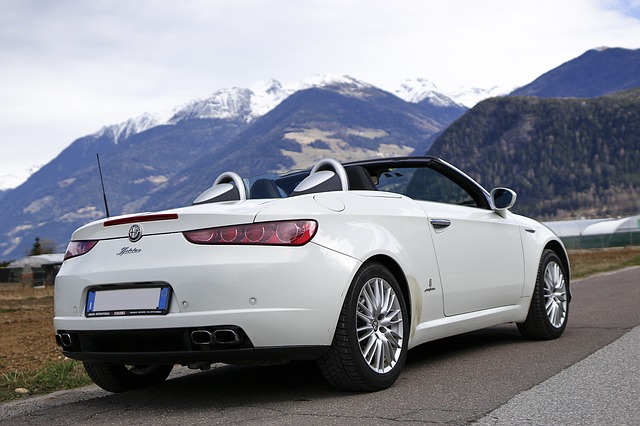Your Guide to Car Body Types – Part 1
If you’re in the market for a new car, you’ve probably been thorough with your research as you narrow down your selection. But if you’re still sitting on the fence, identifying the vehicle you need can sometimes be difficult if you don’t understand how that is influenced by the body type of each car.
Not only can the body of a car have a bearing on overall ride comfort and performance, but it can influence your ongoing ownership costs. Here, in part 1 of this guide, we take a look at the various car body types to enable you to frame your buying decision.
Sedan
Once the most popular vehicle category, sedans have been a mainstay on our roads for as long as we have depended on cars. Made recognisable by their three zones – one dedicated to passengers, one for the engine, and the other assigned to luggage – they feature four doors and usually offer supreme access.
Sedans may further be categorised into sub-segments. At the upper end of the price range you will run into limousine style sedans, with an extended wheel base and further compartmentalisation to increase amenity and ride comfort. Expect ongoing costs to tally up quickly!
You may also see compact and sub-compact sedans, which generally sport a shorter wheel base and may have less rear leg room or space in the luggage hold. Fastbacks have a distinctive design where the rear of the body slopes down towards the bumper, occupying some rear head room.

Coupe
Similar to the sedan, except coupes will generally come with two doors and place a higher priority on style over added space for passengers and cargo. As such, most coupes are tailored towards just two occupants.
Compared with convertibles, coupes have a hard top roof, which slopes to the rear. In recent times the introduction of the Grand Tourer sub-segment and four-door coupes have provided added practicality, as well as more space and luxury touches.

Convertible
Also going by the name of cabriolet or roadsters, convertibles have one practical advantage over coupes. They come with either a retractable soft or hard top roof, allowing occupants to embrace the elements. Beyond that however, they share the same athletic design as coupes, with both generally known for their nimble and sporty handling attributes.

Wagon
Station wagons are characterised by a long, drawn-out body that optimises rear space for additional luggage and head room. As such, they typically make great choices for families and/or adventurers, allowing you to transport all you’ll need for a weekend away. Another typical feature is the visibility, light and sense of airiness within the cabin that comes from the rear windows extending all the way to the boot.

Hatch
Hatchbacks and liftbacks are known for their rear, hatch-style door that opens upwards. They utilise a two-box design, where the engine is zoned in one compartment, while the luggage hold and cabin are amalgamated into the other compartment. While sometimes short on power and internal space, these small vehicles weigh far less than most other vehicles on the market, giving them a zippy feel and making them a great option for inner city driving and parking.

City car
These pint-sized units are built almost specifically for inner city navigation and manoeuvring. They are smaller than hatchbacks by some margin, with the wheels fitted right at the edges of the chassis to maximise turning proficiency. They make for simple cars to park, although don’t expect much in the way of rear leg room nor space to store your cargo.
